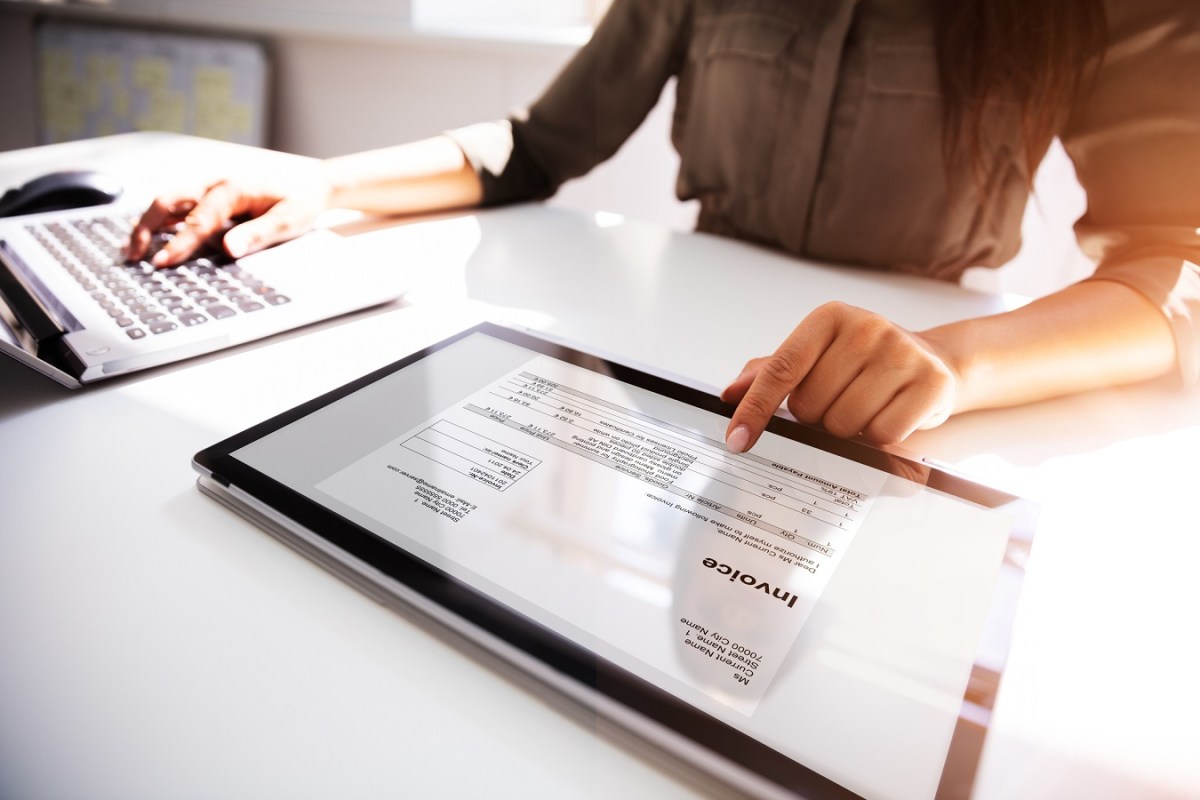Globally, 55 billion invoices were exchanged electronically last year, and this is likely to reach a projected 2.2 trillion e-invoices by 2035.
MessageXchange said businesses must embrace this part of digital disruption or risk being unable to compete in the digital marketplace. However, some businesses are concerned about what they perceive to be the risks of e-invoicing, which is holding them back from achieving cost savings and efficiency.
MessageXchange managing director, John Delaney said, “E-invoicing can save businesses significant amounts of money. An e-invoice costs around one-third of the cost of a paper or PDF invoice, according to the Australian Taxation Office (ATO). Multiplying this by the number of invoices a company processes each month and each year and the costs or savings can accelerate quickly.
“Unfortunately, some organisations remain reluctant to embrace e-invoicing due to the perceived risks. However, it’s important to be aware that the benefits far outweigh the risks and, with a strategic approach, it’s possible to de-risk e-invoicing.”
MessageXchange has identified five perceived risks around e-invoicing and ways to overcome risks:
1. Disruption
Any disruption, error, or delay with invoicing can cause significant issues and costs. However, by working with an expert partner, it’s possible to get an e-invoicing system up and running in just days. E-invoicing can help organisations get paid sooner by reducing the manual processes associated with generating and sending invoices, chasing payments, and recording completed transactions.
2. Manual processes
When e-invoicing becomes compulsory or mandated by customers or governments, organisations that are slow to adopt digital systems may find their accounts receivable teams manually entering information into buyers’ systems. This takes time and opens the process up to significant risk due to the possibility of human error.
3. Customer service
If an organisation adopts e-invoicing to the exclusion of other methods, it could preclude some customers from doing business with that organisation. Therefore, it’s essential to bring customers along with the change. This means demonstrating the value of the solution to them and making it as easy as possible for them to get on board. The user experience in e-invoicing is strong for customers, who can self-serve and connect more strongly with the brand.. A knowledgeable e-invoicing partner can help ensure the customer experience is positive.
4. IT burden
An IT department without experience in e-invoicing could potentially create a roadblock to successful use of e-invoicing. Therefore, it’s important to work with a partner that can deliver solutions that are reliable and comply with global standards. For example, compliance with the PEPPOL standard that has been adopted around the world is essential to reduce the risk posed by non-compliant systems.
5. Local knowledge
E-invoicing solution providers located outside of Australia may not have a clear understanding of the Australian marketplace such as ATO requirements. It’s important to choose a provider that is located in Australia and understands the Australian marketplace, provides strong security, and can set up a comprehensive e-invoicing solution in less than a day, minimising disruption and delivering faster time to value.

